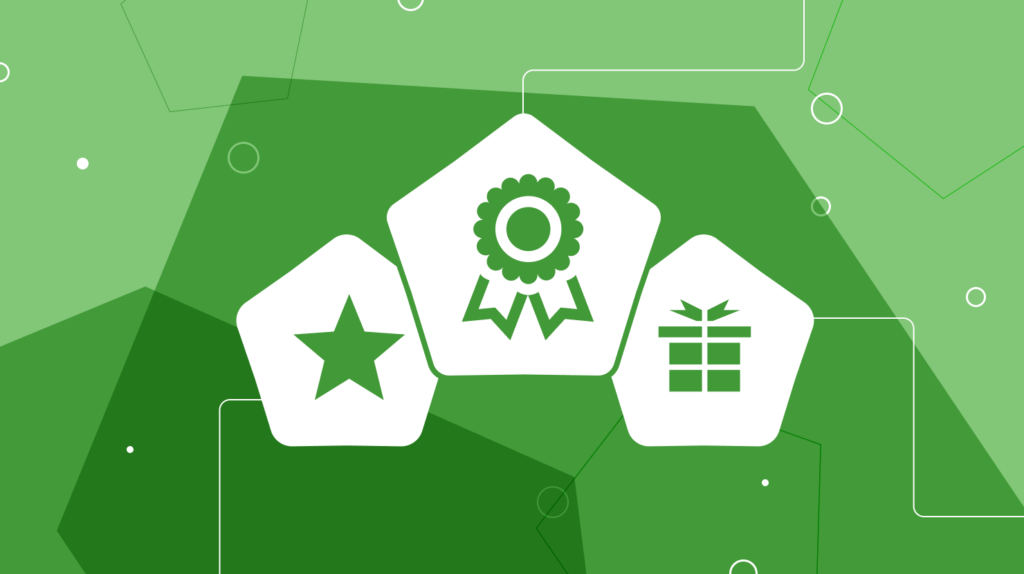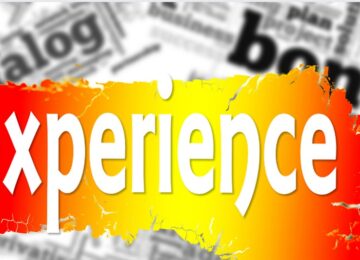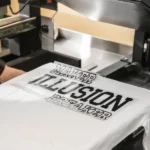Gamification is the process in which the game’s dynamics are applied in non-game contexts, particularly business. Gamification is not new to marketing.
Businesses have been using their products and services as games for decades. They use gamification in the forms of frequent flyer programs, Halo Halo Reward Cards, Starbucks Stars Loyalty Program, Nike+ FuelBand/FuelBand SE, QuiBids, LootCrate, premium IG filter in Instagram, etc.
The difference now is that the recognition of gamification as a powerful marketing tactic has come to light with much larger companies investing in it.
Motivation Versus Engagement
The purpose of gamification in marketing is to increase engagement and customer satisfaction.
Nowadays, many people are playing games on a daily basis on various different devices such as their computers, cell phone or smartwatch. Some play just for fun, but the majority plays because they want to achieve something. These players want to win, and that’s why they keep playing or trying to accomplish a specific goal.
For instance, one would join a photo-sharing contest on Instagram to win a reward, say cash prize or premium IG filter.
According to this notion, it is not difficult to understand that most people who play games do so because they want something in return and, most importantly, an award for their effort.
Gamification in marketing is not only about entertaining your customers or audience but motivating them as well. The purpose is to keep them engaged, make them want more and in the end, influence their decisions regarding your brand.
The difference between motivation and engagement can be explained as follows:
When an individual is motivated, they are self-determined to do something. They have a need or internal force that propels them towards a certain behaviour. They do not engage when they are forced to behave in a certain way, but when they feel like doing something and want it badly enough, they achieve an optimal level of performance.
Let’s assume the purpose is to increase engagement (in marketing), and then you would assume if you make your customers motivated before asking them to engage, you are more likely to reach your goal of achieving maximum engagement.
It is therefore important to make sure your audience feels motivated before asking them to engage through gamification.
People get different kinds of motivation in life or at work, towards either a person or a specific activity they do daily, such as exercising, and gamification and marketing are not exceptions.
For instance, consider some people who play games on a regular basis, the majority of which do so for fun, while some others might be motivated to get awards such as new levels or upgrades to increase their chances of achieving victory (and keep playing). These players get more engaged in the game and try to accomplish the task of winning the game.
Aspects like power (through achievements), chance (through surprises), learning (through quests), collaboration (team play), and freedom (creating one’s own adventure) can be found in both games and gamified products/services. But if a product or service is designed to only provide the latter four, it has only engaged consumers, not motivated them to enact change.
To fully motivate individuals to engage with a product or service, it must be designed to not only engage them but also help them reach self-actualization. This can be done by thinking about what would motivate an individual.
Their motivation might vary depending on the person, but it could include growth (through adventures), reputation (reputation points/badges), autonomy (free exploration, quests that allow creativity), or relatedness (collaboration).
Takeaway
In conclusion, gamification in marketing motivates customers and builds up a bond with them before asking them to engage. In order to achieve this goal, one has to make sure customers feel as motivated as possible towards a certain action as well as building trust between your brand and your customers.
Promising rewards that the customer is highly likely to appreciate can increase engagement in your brand.











